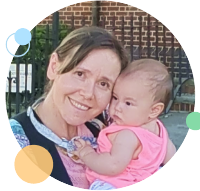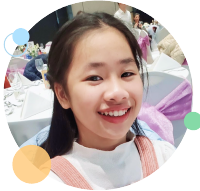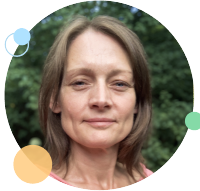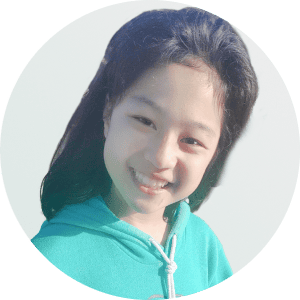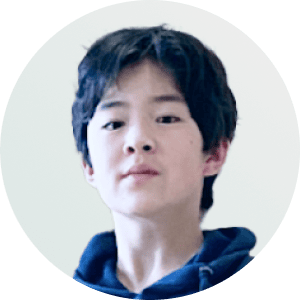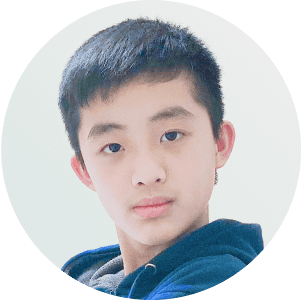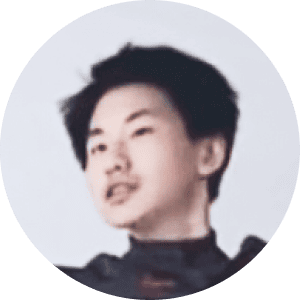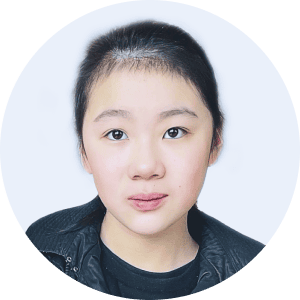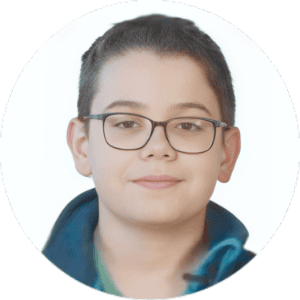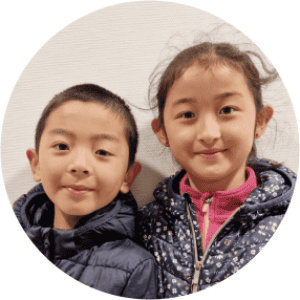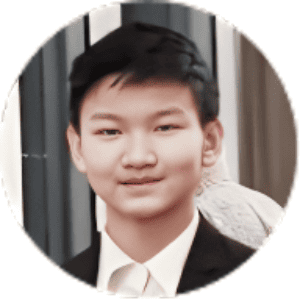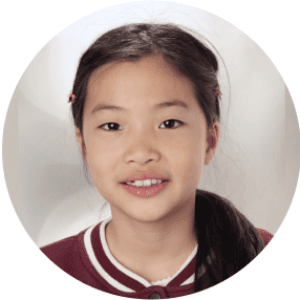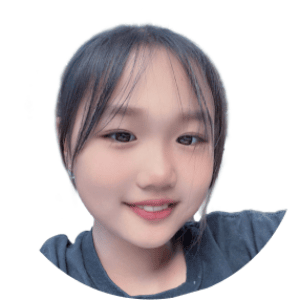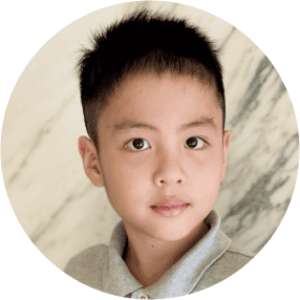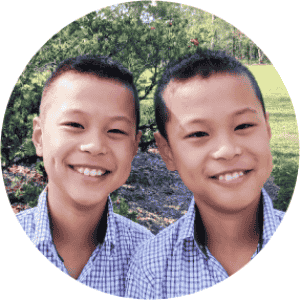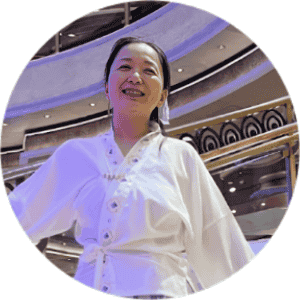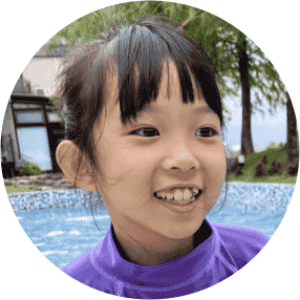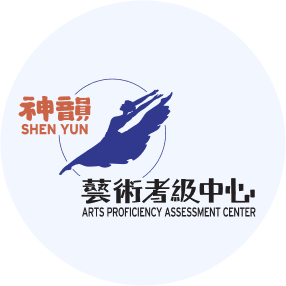Lise and Julien
My two children are about to complete their latest level at the Shen Yun Arts Proficiency Assessment Center. My daughter has completed two levels, and my son has completed one, which adds up to about three years of courses in total. I’d like to share some reflections and observations from this experience.
First, I’ve noticed that the Examination Center deliberately arranges for multiple teachers to instruct the children throughout the academic year, and I think this is a great approach. Different teachers focus on different aspects, and even when teaching the same routine, they emphasize different details and perspectives. This allows the children to learn valuable skills from various angles, absorbing the strengths of each teacher.
Second, over the three years, my two children have been taught by many different teachers. While each teacher has a unique personality—some are more lively, others more serious—they are all consistently gentle. There are occasional in-class quizzes, and before lessons, teachers might ask the children, “Did you remember to review?” or “Did you do your homework?” If the children forget something or don’t perform well, the teachers respond kindly, saying, “That’s okay, let’s try again.” They remind the children where they need to improve, applying just the right amount of pressure to encourage self-review and preparation, but without causing frustration or negative emotions. The overall learning environment is very positive, which I think is wonderful. I know that in China, dance training, especially foundational skills, can be extremely tough, with many teachers being very strict. I was initially worried that my children might develop negative feelings toward dance, but that hasn’t happened at all.
Another observation I’ve made is related to their cultural growth. My children were raised entirely in a Western educational environment, so their way of thinking was very straightforward—1+1=2, with direct emotional expression and no exposure to the subtlety and grace of Chinese classical culture. Even in music theory, they were used to hitting beats precisely, so at first, they couldn’t grasp the nuances of the music and movements in these dance classes. However, over the past few years, through gradual immersion, I’ve noticed that they’ve slowly started to incorporate these elements into their movements. This is especially evident in my daughter—when she performs wave-like combinations or the soft, flowing hand movements, you can really feel the cultural essence and temperament emerging, which is quite different from before.
Another pleasant surprise has been their language development. Since we live in France, my children don’t speak much Chinese or English. However, because the classes require it, the teachers communicate with them in simple Chinese, bit by bit. Over the years, I’ve noticed that their ability to understand and express themselves in Chinese has significantly improved, which was an unexpected bonus.
Finally, I think the program has been very helpful in fostering their independence. The teachers at the Shen Yun Examination Center encourage parents not to get involved, allowing the children to take responsibility for every step—knowing what they need to learn, remembering their homework, reviewing on their own, and preparing for class. Now, I barely need to supervise them. Before class, they check the time, set up everything they need like mats, barres, or the iPad, and get ready for the lesson on their own. This has been another delightful surprise.
Parent: Lise and Julien's Mom
